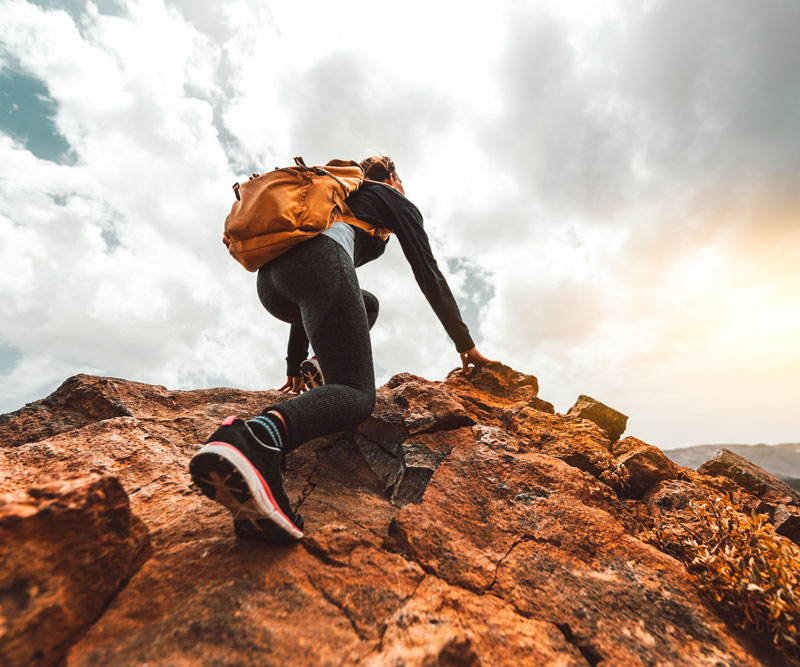It is vacation time, and everyone would love trekking on some wonderful trails. Trekking is a fun pastime and a good way to stay healthy, relaxed, and happy, as it provides plenty of sunlight, fresh air, and exercise to your body. The exertion, however, puts you at risk of dehydration, which can make a trek less fun and hazardous at times.
Why do trekkers feel dehydrated during winter?

Hydration can be more critical in the colder months than in the warmer months, even though sweating is not as noticeable in the winter or in dry climates. Cold, dry air strips our bodies of water faster than warm, humid air, causing more water to be consumed during a winter trek.
Dehydration and its negative effects on trekking

You will dehydrate easily if you do not drink adequate amounts of water for your body weight and outdoor temperatures. Dehydration during trekking is caused by the duration of the walk, environmental factors such as temperature and humidity, and the intake of fluids during the trek. Dehydration may cause heat Injury, dizziness, and other severe complications during the trek.
Here are 7 tips to prevent dehydration while trekking:

1.Drink water before hitting the trail.
A day before your hike, start drinking more water and increase the consumption the hour before you leave the house. For 2 hours of intense hiking, it is always recommended to drink around 1 litre of water. For the entire duration of your hike, make sure you carry plenty of fluids.
2.Avoid alcohol prior to a hike.
Before hiking, drinking alcoholic beverages should be completely avoided, as they contribute significantly to dehydration. Also, these drinks are not ideal drinks to carry on a walk, because they will not adequately hydrate you and in return can dehydrate you.
3.Carry enough food & water.
A lot of food and water should be carried by any person going on a hiking trip. Water keeps you hydrated, while the main energy source is food. You should also carry ORS in addition to water, as it is a source of fuel and salts (electrolytes) that you need to avoid dehydration.
4.Drink water before feeling thirsty.
You should not wait to drink water until you are thirsty, because that means that you are still dehydrated and not at the top of your game. Per hour you go trekking, you can replenish fluids and electrolytes by drinking one half to one quart of water or ORS.
5.Refill your bottle from natural sources on the trail.
Plan your path and set up a water supply for your trip if you are going for a longer hike or an overnight ride. There is nothing more refreshing to keep you hydrated than drinking natural water at its source.
6.Keep extra fluids in the car.
Keep a full water bottle in the car in order to completely rehydrate your body after the trek. This will help prevent headaches or tiredness and make it a little smoother for the drive home.
7.Stay hydrated after hiking.
When you stop hiking, do not stop drinking fluids. And after the completion of the trek, you can continue to drink fluids or ORS to replenish water and electrolyte depletion. Since thirst often underestimates the fluid requirements of your body, drink more than you believe is required.
Conclusion
A trek, when performed safely and comfortably, has many medical advantages. However, to hike efficiently and get optimum advantages, make sure you remain properly hydrated to avoid dehydration.

